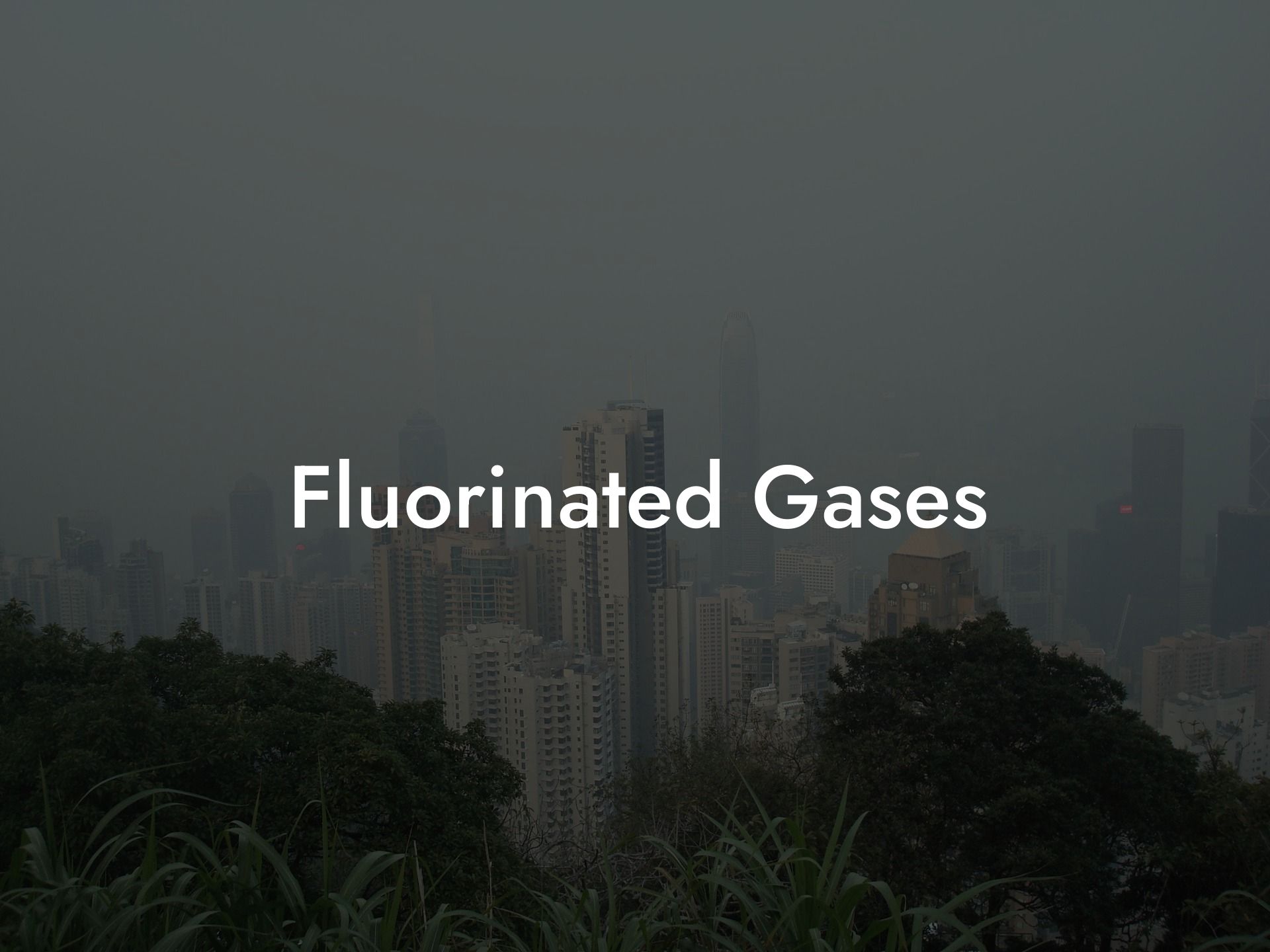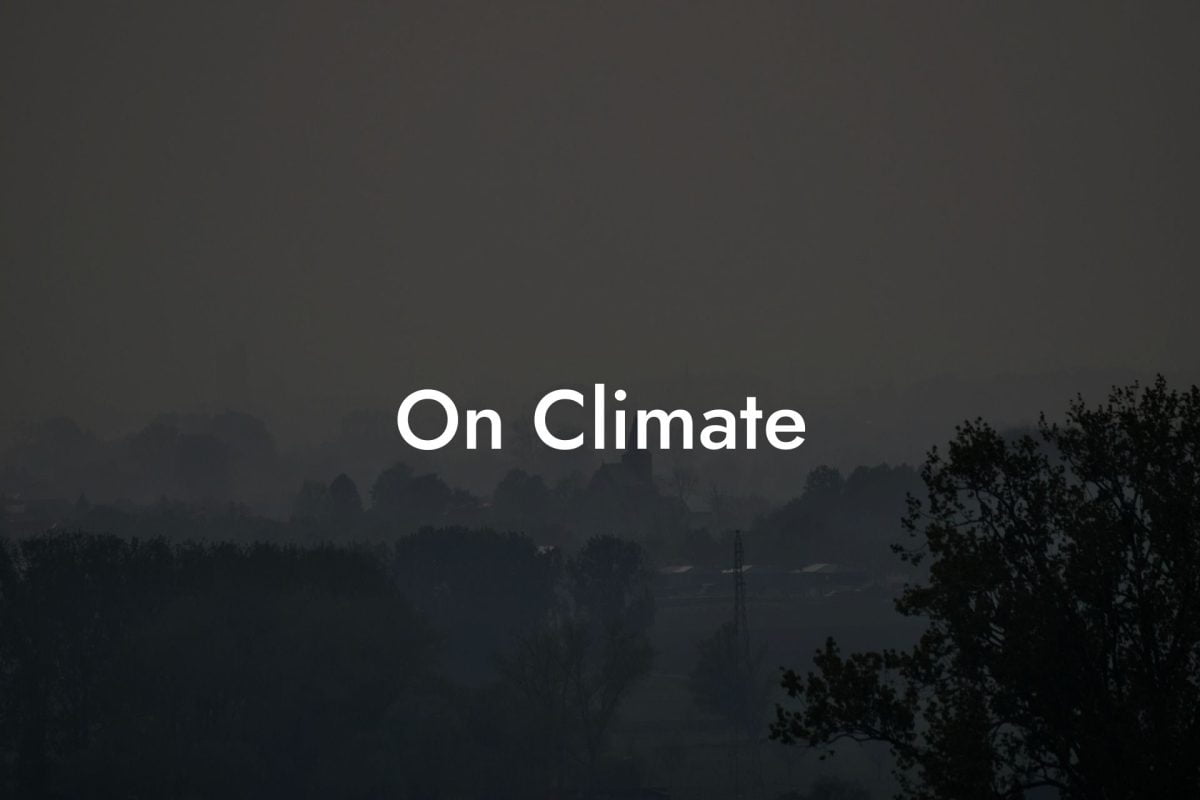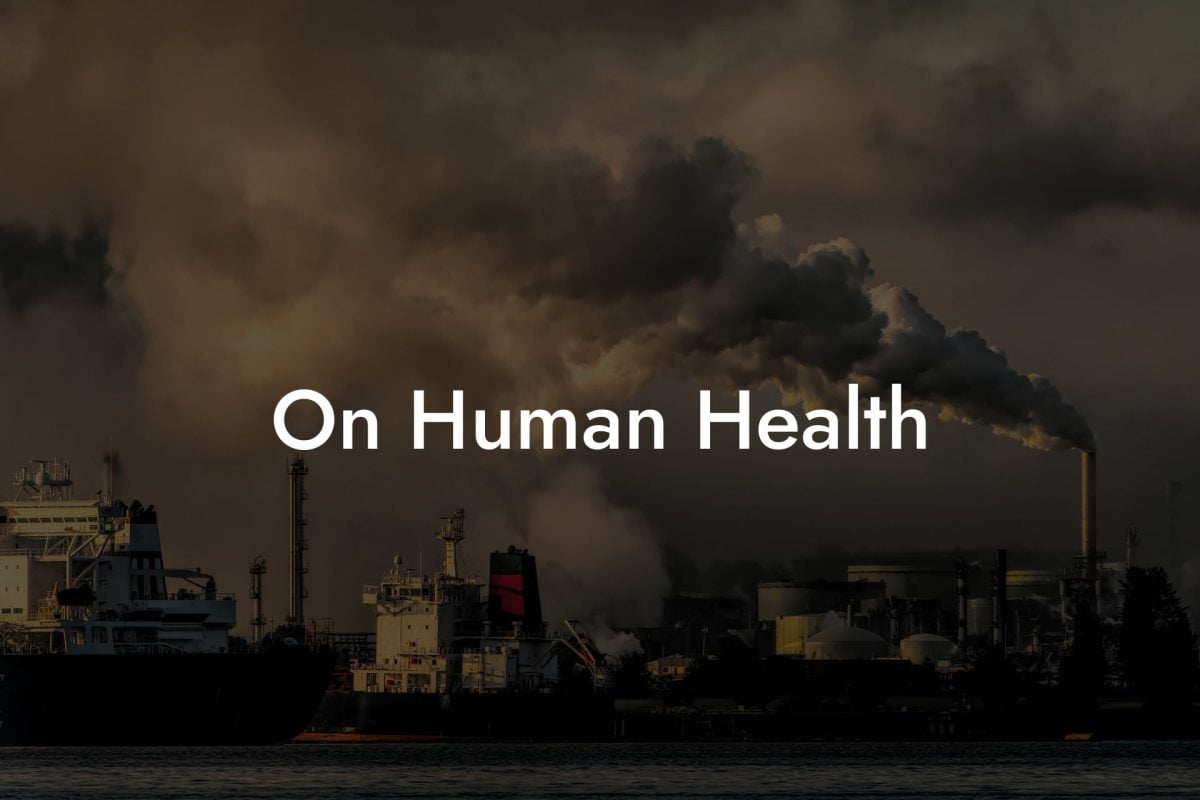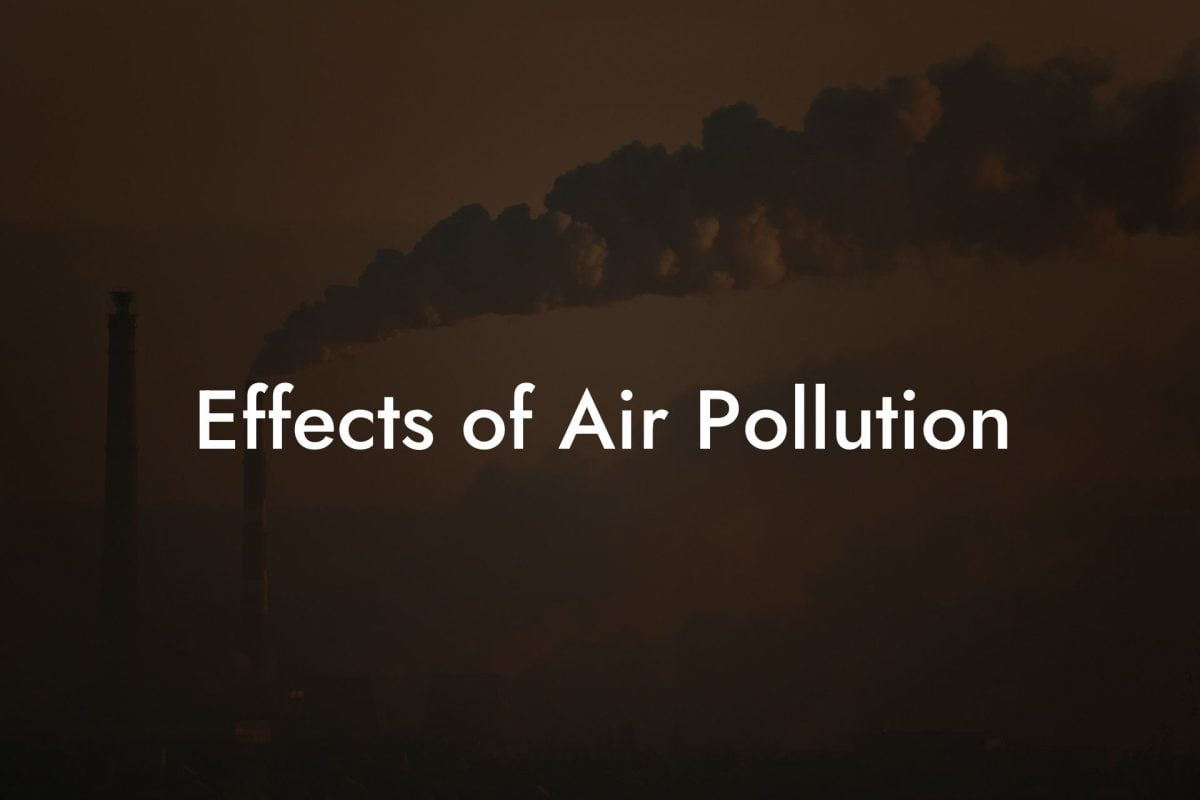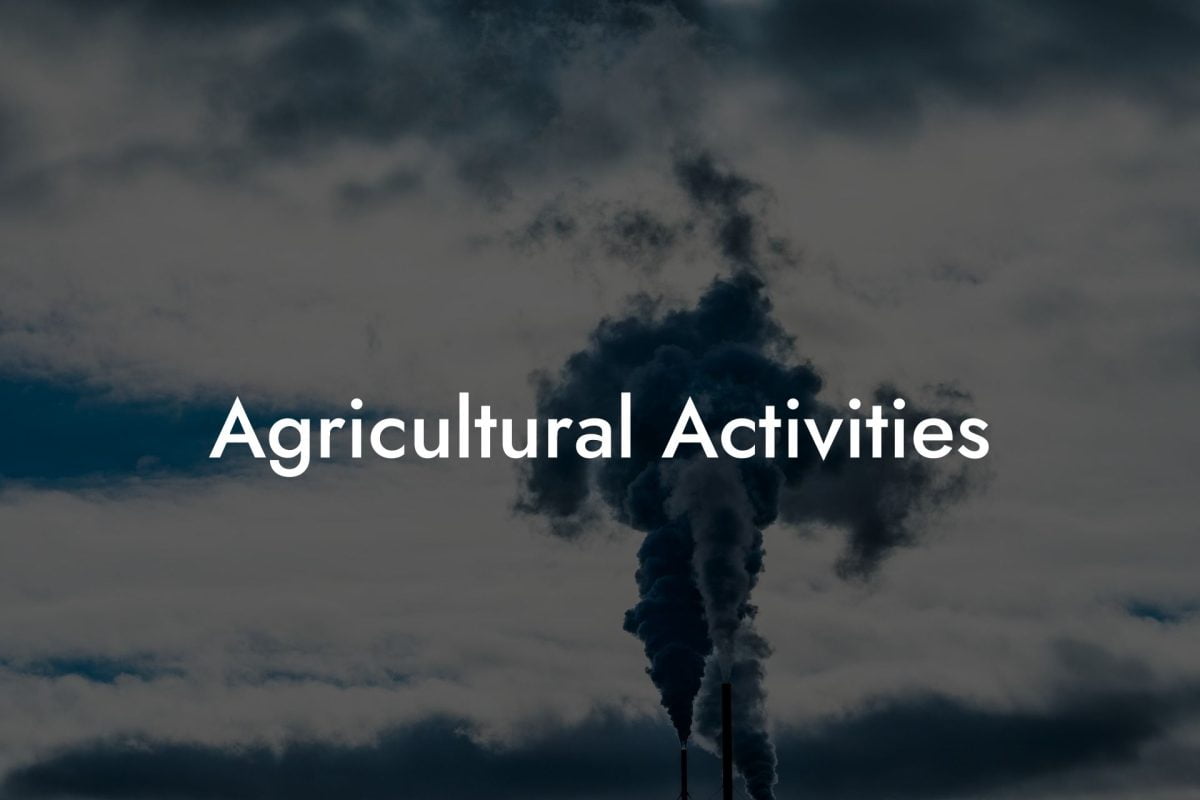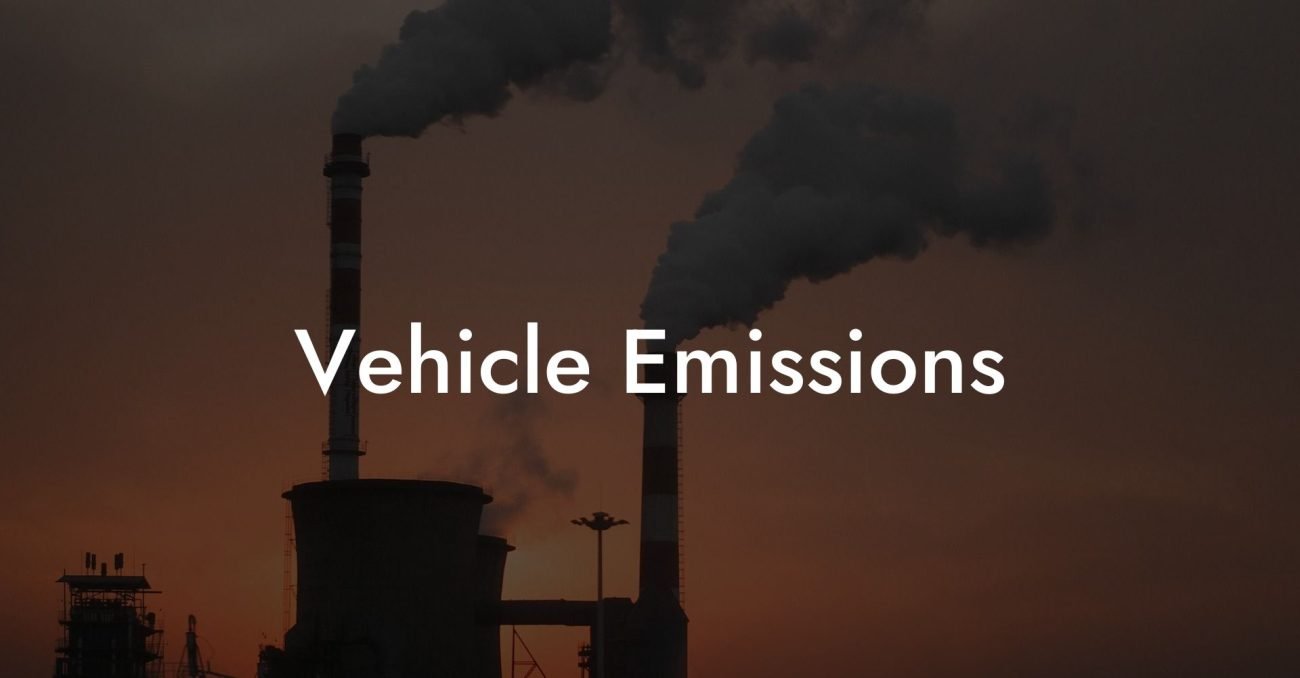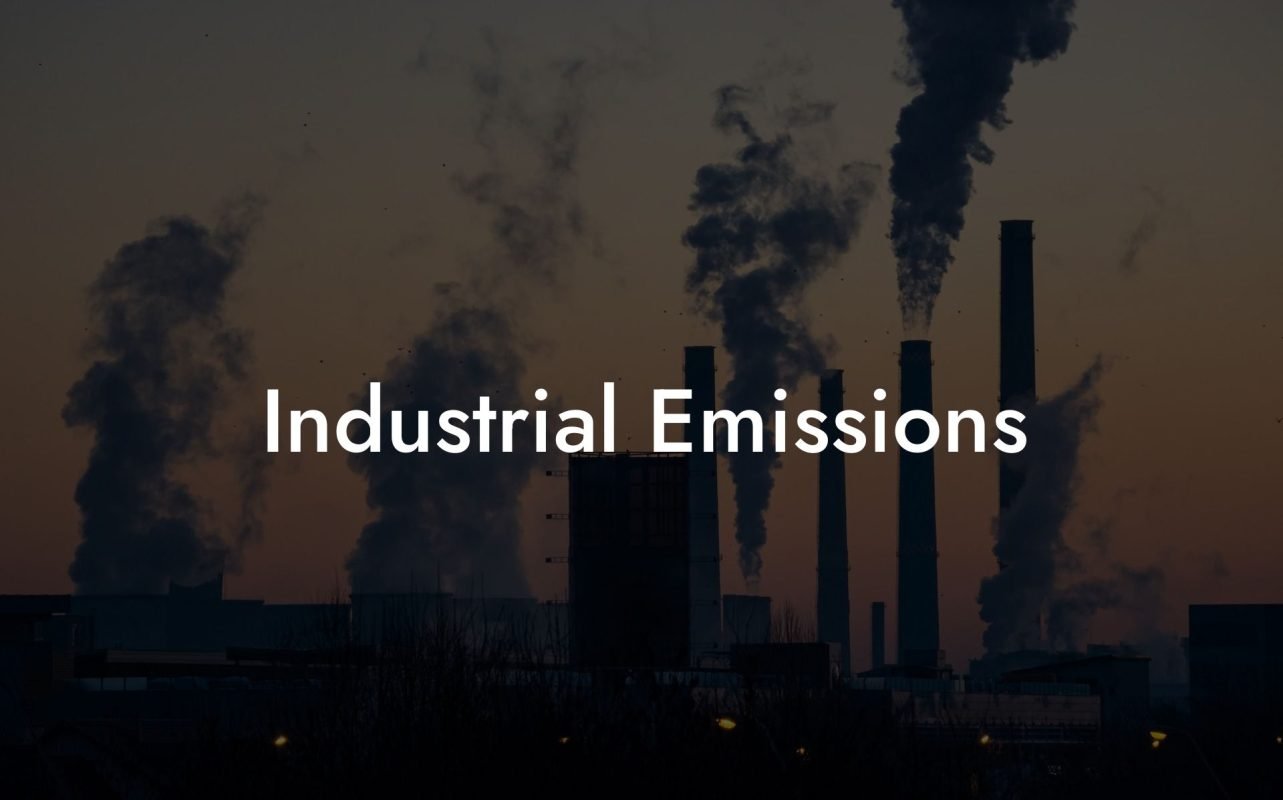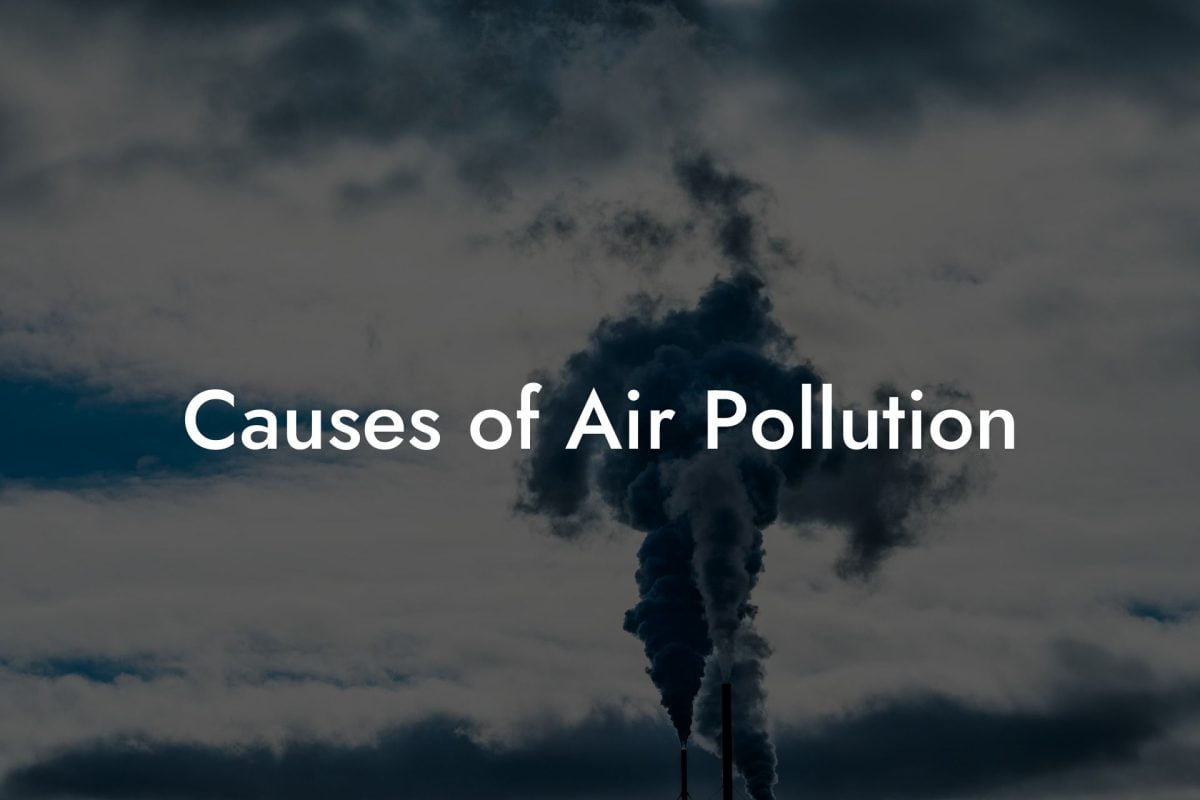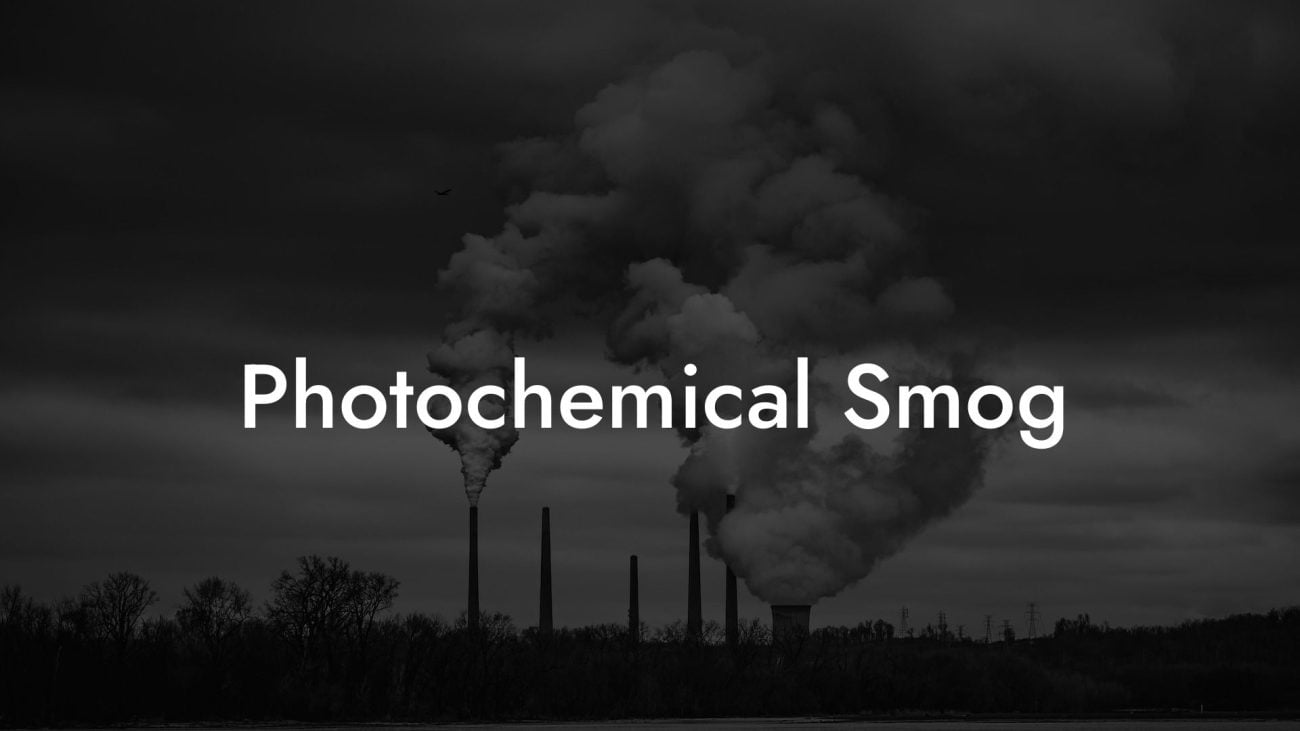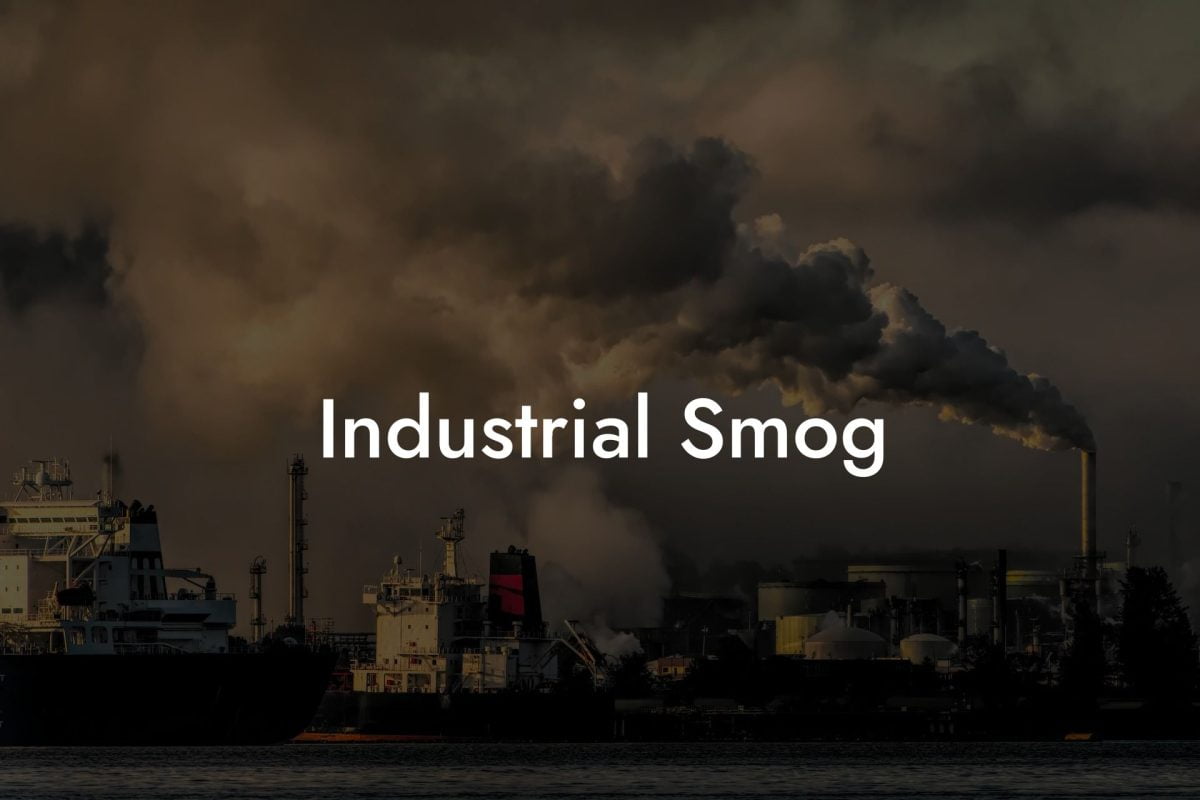Introduction to Fluorinated Gases
Fluorinated gases, often referred to as F-gases, are a group of man-made gases used in a variety of industrial applications. Though present in small quantities, their high global warming potential makes them significant contributors to climate change.
What are Fluorinated Gases?
Fluorinated gases include hydrofluorocarbons (HFCs), perfluorocarbons (PFCs), sulfur hexafluoride (SF6), and nitrogen trifluoride (NF3). They are known for their stability, non-flammability, and effectiveness in various industrial applications.
Sources of Fluorinated Gases
Industrial Applications
F-gases are used in refrigeration, air-conditioning, insulating foams, aerosol propellants, and electronics manufacturing.
By-products of Industrial Processes
Some F-gases are released as by-products of industrial processes, including aluminum and semiconductor manufacturing.
Environmental Impact
High Global Warming Potential
Fluorinated gases have a much higher capacity to trap heat in the atmosphere than carbon dioxide (CO2), contributing significantly to global warming.
Long Atmospheric Lifespan
These gases can remain in the atmosphere for a very long time, from decades to centuries, exacerbating their long-term impact on climate change.
Health and Safety Considerations
Occupational Exposure
While generally considered non-toxic, high concentrations of F-gases can pose occupational health risks, such as asphyxiation.
Safety in Handling and Use
Proper handling and containment procedures are crucial to prevent accidental releases of F-gases into the atmosphere.
Regulatory Measures and Reduction Efforts
International Agreements
The Kyoto Protocol and the Montreal Protocol, including its Kigali Amendment, aim to reduce the production and consumption of F-gases.
EU Regulations
The European Union has implemented regulations to control the use and emissions of F-gases, promoting alternatives with lower environmental impact.
Mitigation Strategies
Leak Prevention and Repair
Regular maintenance and leak detection in systems that use F-gases can significantly reduce emissions.
Alternative Technologies
Development and adoption of alternative technologies with lower global warming potential are critical in phasing out F-gases.
Recycling and Recovery
Effective recycling and recovery of F-gases from end-of-life products and equipment can prevent emissions.
The Role of Fluorinated Gases in the UK
UK Policies on F-gases
The UK follows strict regulations regarding the use, handling, and disposal of F-gases to mitigate their impact on climate change.
UK Air Pollution: Your Comprehensive Resource on Fluorinated Gases
Extensive Database on F-gases
UK Air Pollution provides a thorough database on fluorinated gases across all UK locations and postcodes, offering invaluable information for environmental research and policy-making.
Why UK Air Pollution?
Our platform is dedicated to delivering detailed, up-to-date, and engaging content on air pollution, making it an essential tool for those working in environmental sectors, research, and public awareness.
Enhancing Projects and Environmental Efforts
With UK Air Pollution, access in-depth data and insights on fluorinated gases to support your initiatives in combating climate change and protecting the environment.
Frequently Asked Questions
What Are Fluorinated Gases?
Fluorinated gases are a family of man-made gases used in a variety of industrial applications. They include hydrofluorocarbons (HFCs), perfluorocarbons (PFCs), sulfur hexafluoride (SF6), and nitrogen trifluoride (NF3).
How Are Fluorinated Gases Produced?
These gases are typically produced during industrial processes, including the manufacture of refrigerants, solvents, foam-blowing agents, and electronics.
Why Are Fluorinated Gases Important?
Fluorinated gases are potent greenhouse gases. They have a high global warming potential (GWP) and can stay in the atmosphere for a long time, contributing significantly to climate change.
What Are Hydrofluorocarbons (HFCs)?
HFCs are compounds containing hydrogen, fluorine, and carbon. They are used mainly as refrigerants and were developed as replacements for ozone-depleting substances.
What Are Perfluorocarbons (PFCs)?
PFCs are compounds containing only fluorine and carbon. They are produced as a byproduct of aluminum production and are also used in the semiconductor industry.
How Do Fluorinated Gases Contribute to Global Warming?
Fluorinated gases trap heat in the Earth's atmosphere very effectively, and some can remain there for thousands of years. Due to their high global warming potential, they contribute significantly to the greenhouse effect.
What is the Global Warming Potential (GWP) of Fluorinated Gases?
The GWP of fluorinated gases is very high compared to other greenhouse gases. For example, some HFCs have a GWP thousands of times greater than that of CO2.
What Are the Uses of Sulfur Hexafluoride (SF6)?
SF6 is used mainly as an insulating material in the electrical industry, particularly in high-voltage equipment. It's also used in the magnesium industry and in the medical field as an ultrasound imaging agent.
How Long Do Fluorinated Gases Stay in the Atmosphere?
The atmospheric lifetimes of fluorinated gases vary. Some, like certain HFCs, may stay in the atmosphere for decades, while others, like some PFCs, can remain for thousands of years.
Are Fluorinated Gases Harmful to Human Health?
While fluorinated gases are not typically harmful to human health at low concentrations, they can be asphyxiants in high concentrations. They also contribute indirectly to health risks by driving climate change.
Can Fluorinated Gases Affect the Ozone Layer?
Unlike chlorofluorocarbons (CFCs), most fluorinated gases do not deplete the ozone layer. However, they are potent greenhouse gases and contribute to global warming.
What is the Kyoto Protocol's Stance on Fluorinated Gases?
The Kyoto Protocol, an international treaty to reduce greenhouse gases, includes fluorinated gases in its list of controlled substances, aiming to limit their production and release into the atmosphere.
How Can Emissions of Fluorinated Gases Be Reduced?
Emissions can be reduced by recovering and recycling gases,
using alternative substances with lower global warming potential, improving the sealing of equipment, and enhancing process efficiency to minimize leaks.
What Are the Alternatives to Fluorinated Gases?
Alternatives include natural refrigerants like ammonia or hydrocarbons, and newer chemicals with lower global warming potentials, such as hydrofluoroolefins (HFOs).
What Regulations Exist for Controlling Fluorinated Gas Emissions?
Various international agreements, including the Montreal Protocol and its amendments, regulate the production and use of fluorinated gases. Many countries also have their own regulations to control emissions.
How Do Fluorinated Gases Impact Air Quality?
While fluorinated gases themselves do not directly impact air quality, their contribution to global warming can exacerbate air quality problems by increasing ground-level ozone and particulate matter.
What Role Do Fluorinated Gases Play in Industry?
Fluorinated gases have various industrial applications, including in refrigeration, air conditioning, foam blowing, aerosol propellants, fire suppression, and in the semiconductor and electrical industries.
How Are Fluorinated Gases Managed in Refrigeration and Air Conditioning?
In these industries, management strategies include proper maintenance and servicing to prevent leaks, recovery and recycling of gases, and transitioning to systems that use less harmful alternatives.
What Is the Environmental Impact of Disposing Products Containing Fluorinated Gases?
Improper disposal can release fluorinated gases into the atmosphere. Therefore, it is essential to follow proper disposal and recycling methods for products like refrigerators and air conditioners.
Can Fluorinated Gases Be Destroyed?
Some fluorinated gases can be destroyed using specific technologies, such as high-temperature incineration. However, this process needs to be carefully managed to avoid the release of harmful byproducts.
How Is the International Community Addressing the Challenge of Fluorinated Gases?
The international community is addressing this challenge through agreements like the Kigali Amendment to the Montreal Protocol, which aims to gradually reduce the use of HFCs globally.
What Are Nitrogen Trifluoride (NF3) Emissions and Their Impact?
NF3 is used primarily in the electronics industry for plasma etching. Its emissions are concerning due to its high global warming potential, approximately 17,000 times greater than CO2.
What Actions Can Individuals Take Regarding Fluorinated Gases?
Individuals can help by choosing products that do not use harmful fluorinated gases, properly maintaining and disposing of appliances that contain these gases, and supporting policies aimed at reducing emissions.


